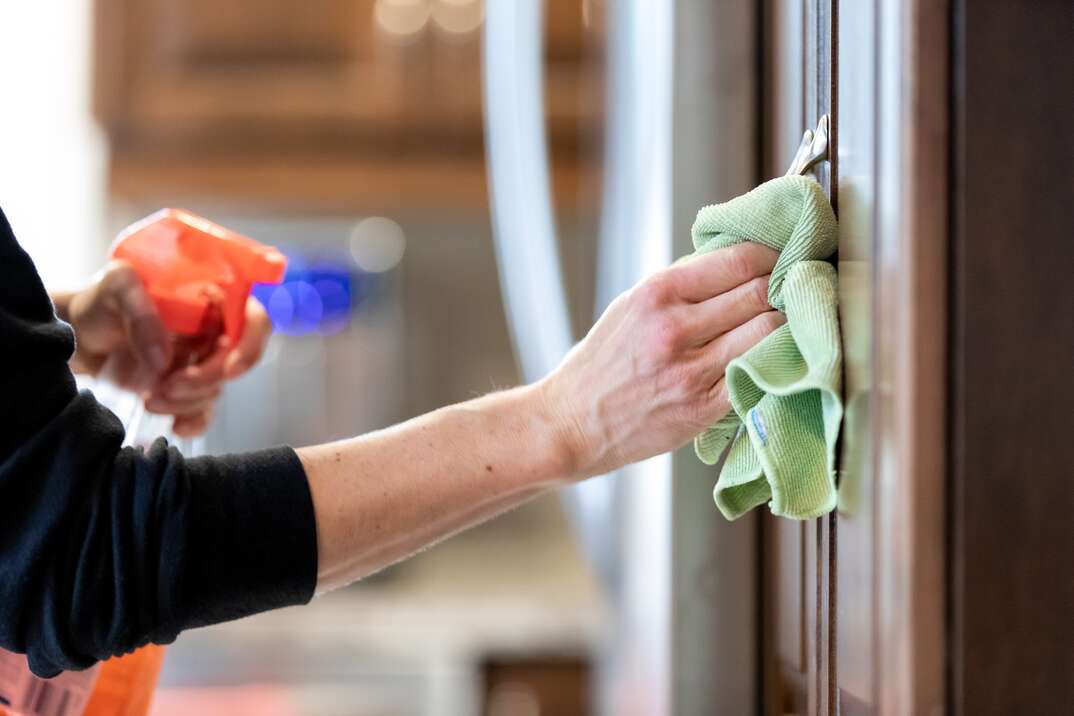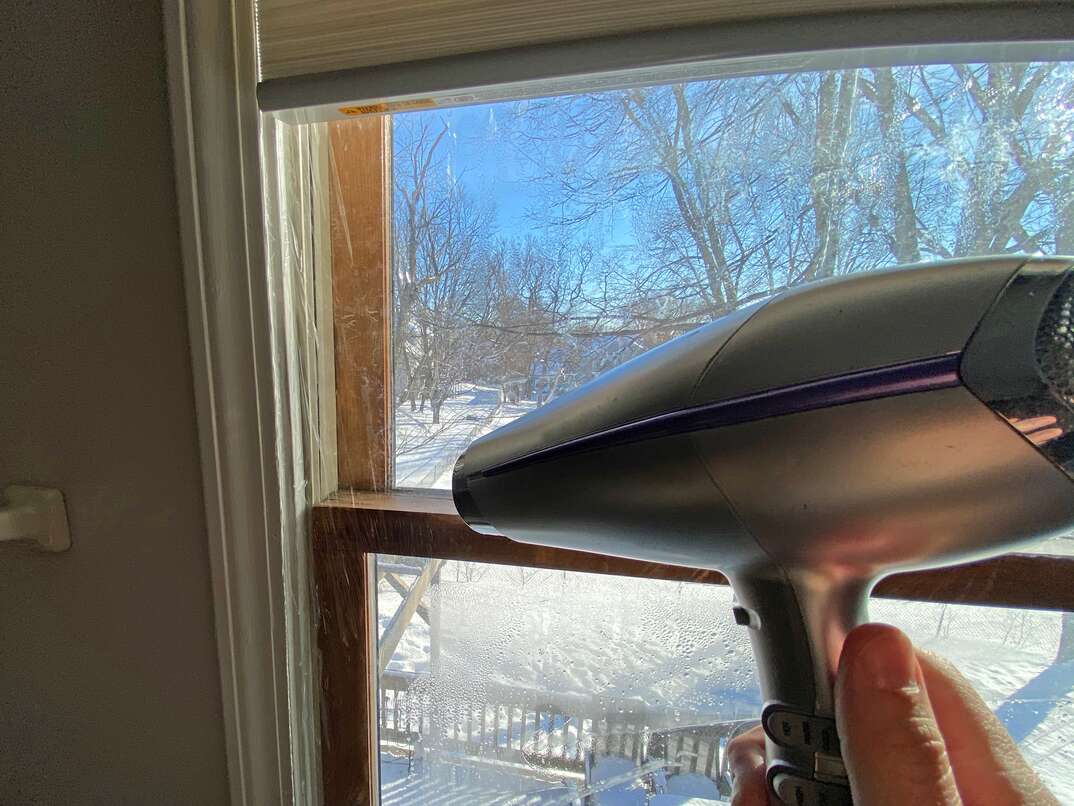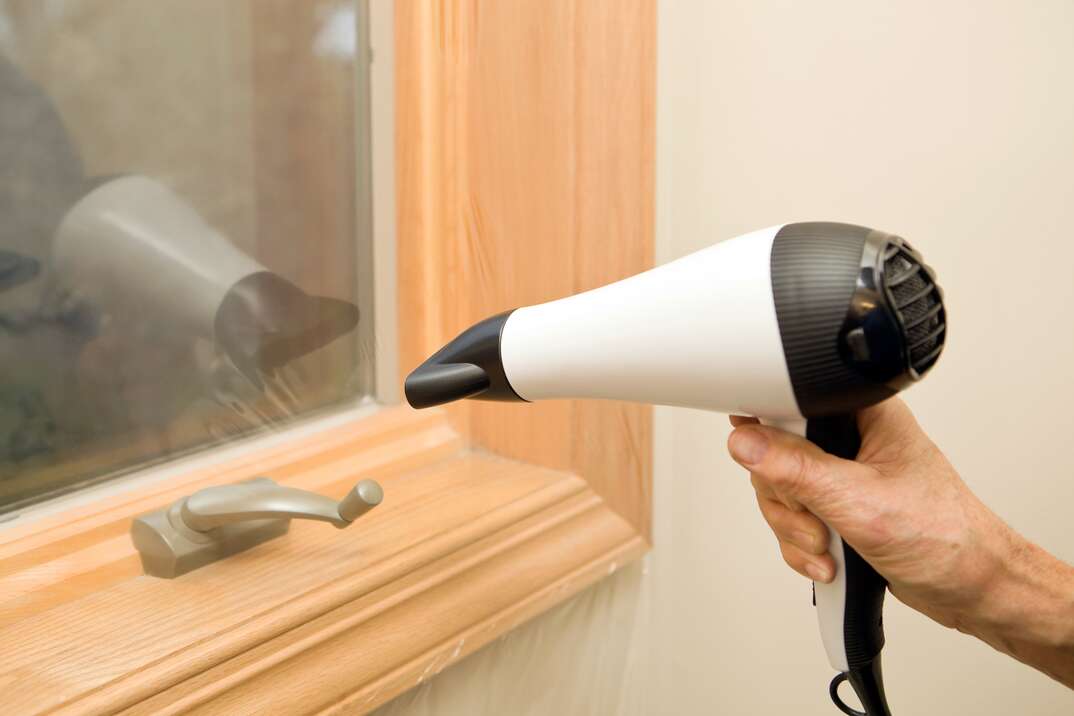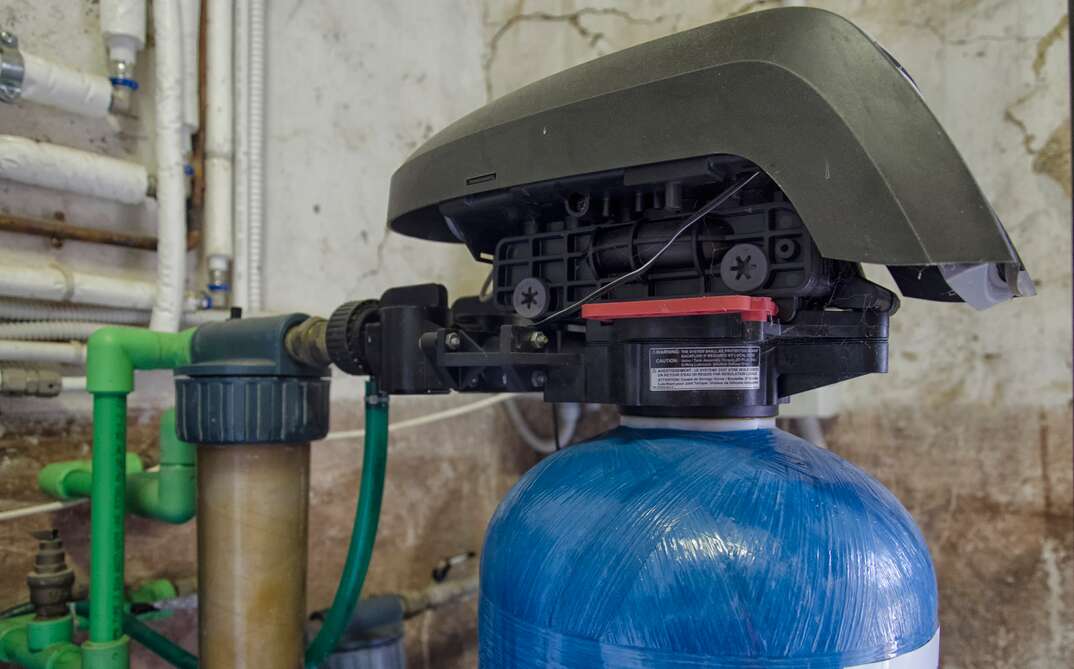How to Clean Kitchen Cabinets

Cleaning Cabinets at a Glance
- Step 1: Prepare cleaning solution
- Step 2: Wipe cabinets
- Step 3: Scrub stains
- Step 4: Rinse
- Step 5: Dry
- Optional: Clean glass panels
You’ve got your kitchen-cleaning routine down pat: Clean the appliances, tidy clutter, wipe the countertops and mop the floors. Even the sink gets some attention. But when’s the last time you cleaned your cabinets? Cabinets often get overlooked during day-to-day kitchen cleaning, but grease splatters, messy fingerprints and flying food particles can quickly make them look grimy.
This May Also Interest You: Ever Cleaned Your Refrigerator Coils? Sure, We Believe You (But Here’s How, Just in Case)
Cleaning your kitchen cabinets can protect the finish and prevent permanent staining or discoloration. It’ll also make your kitchen sparkle. Follow this cabinet-cleaning guide.
What’s the Best Product to Clean Kitchen Cabinets With?
Cabinets range in price from $100 to $1,200 per linear foot, so protecting your cabinets while cleaning is important. Using harsh cleaners can damage the finish, meaning you’ll have to pay to stain, paint or even replace them.
The best cleaner for kitchen cabinets is a gentle solution. Several drops of dish soap dissolved in hot water is a good option. An alternative solution is one part distilled vinegar to two parts hot water. Using hot water helps soften the gunk stuck to your cabinets to make cleaning easier. Make a new batch if the water cools as you’re working.
How to Clean Kitchen Cabinets
When cleaning kitchen cabinets, it's best to start with the gentlest method. You can tackle stubborn spots and stains with more aggressive cleaning methods when needed. Work on one cabinet at a time, cleaning, drying and rinsing it before moving to the next.
Step 1: Prepare Your Cleaning Mixture
Mix your combination of hot water and dish soap or vinegar in a bucket or spray bottle. Since the water cools quickly, making several smaller batches as you go can be more effective than mixing all of it at once. Dip your cloth or sponge into the water and wring out the excess. When using a spray bottle, spritz the solution onto your cloth instead of directly onto the cabinets to avoid making them too wet.

Step 2: Wipe the Cabinets
Moisten a sponge or microfiber cloth with the cleaning solution. You want it moist but not overly saturated, as too much water can damage the cabinets. Work from top to bottom of each cabinet, starting with the upper set of cabinets. This prevents cleaner from running onto parts of the cabinet you've already washed.
Wipe the entire cabinet door. Focus on food splatters, grease, grime or other debris on the cabinets. Don't forget the trim, knobs, edges and all other parts of the cabinets. A toothbrush works well if your cabinetry has grooves or decorative detailing that's difficult to clean with a cloth. Reapply the cleaning solution to your cloth or sponge as needed.
Step 3: Tackle Tough Spots
If it has been a while since you cleaned your cabinets, you might find stains or stuck-on spots that don't wipe off easily. A mix of one part baking soda and two parts water makes a paste that can help gently remove the debris. Adjust the water and baking soda ratios as needed. Rub the paste onto the spot with a cloth, and let it sit for a few minutes. Scrub to remove the stain. Then, wipe with a clean cloth.
Step 4: Rinse the Cabinets
Once you're satisfied with the cleanliness of your cabinets, go back over them with a clean, damp cloth to rinse the surface of any cleaning solution that was left behind.
Step 5: Dry
Even a small amount of moisture is potentially damaging to wood cabinetry. Water can also damage knobs and hinges, which may rust. Go over all surfaces with a dry microfiber cloth when you're done cleaning each cabinet.
Optional: Clean the Glass
If your cabinets have glass panels on the doors, grab a commercial glass cleaner or prepare your own. A mix of vinegar and water makes an effective glass cleaner.
Spray a soft cloth with the commercial glass cleaner or a water-vinegar mix. Wash the glass with the cloth. If any of the glass cleaner drips onto the cabinet door, wipe it up immediately.
More Related Articles:
- The Filth Shall Get Them Clean: Why You Don’t Need to Pre-Rinse Your Dishes
- Fridge Filthy? Here’s Your 7-Step Deep-Cleaning To-Do List
- No Hot Takes, Here: A Deep Dive on Deep Cleaning Your Oven
- Sick Burn! 3 Ways to Clean That Nasty-Looking Scorched Pan
- How to Clean an Electric Stovetop
How Do You Clean Kitchen Cabinets Without Removing the Finish?
If you have hardwood cabinets — or MDF cabinets with solid wood doors — only use cleaning products that you trust won’t damage the wood. Skip anything that has harsh chemicals or abrasive elements. Avoid scrub brushes, abrasive pads, steel wool and similar cleaning tools. Don’t use bleach-based cleaners that might damage the finish.
What’s the Best Way to Clean Grease Off Kitchen Cabinets?
Cabinets located near your stove might collect splatters or develop a greasy coating over time. Using harsh degreaser products can remove part of the finish. A safe degreaser for kitchen cabinets is vinegar. Use a stronger cleaning solution with equal parts water and vinegar. Adding a few drops of dishwashing detergent to the vinegar mix can make it even more effective.
Apply the vinegar mixture to the cabinet, and let it sit for a minute or two. This helps soften the grease and makes it easier to remove. Using your sponge or cloth, work on the greasy areas until they're clean. You can reapply the cleaning solution on the more stubborn spots.
Since we’re all home now more than ever, being prepared for unexpected home repairs with a plan from HomeServe is important. Having a plan in place gives you peace of mind knowing that you can simply call our 24/7 repair hotline for covered breakdowns. See what plans are available in your neighborhood.


